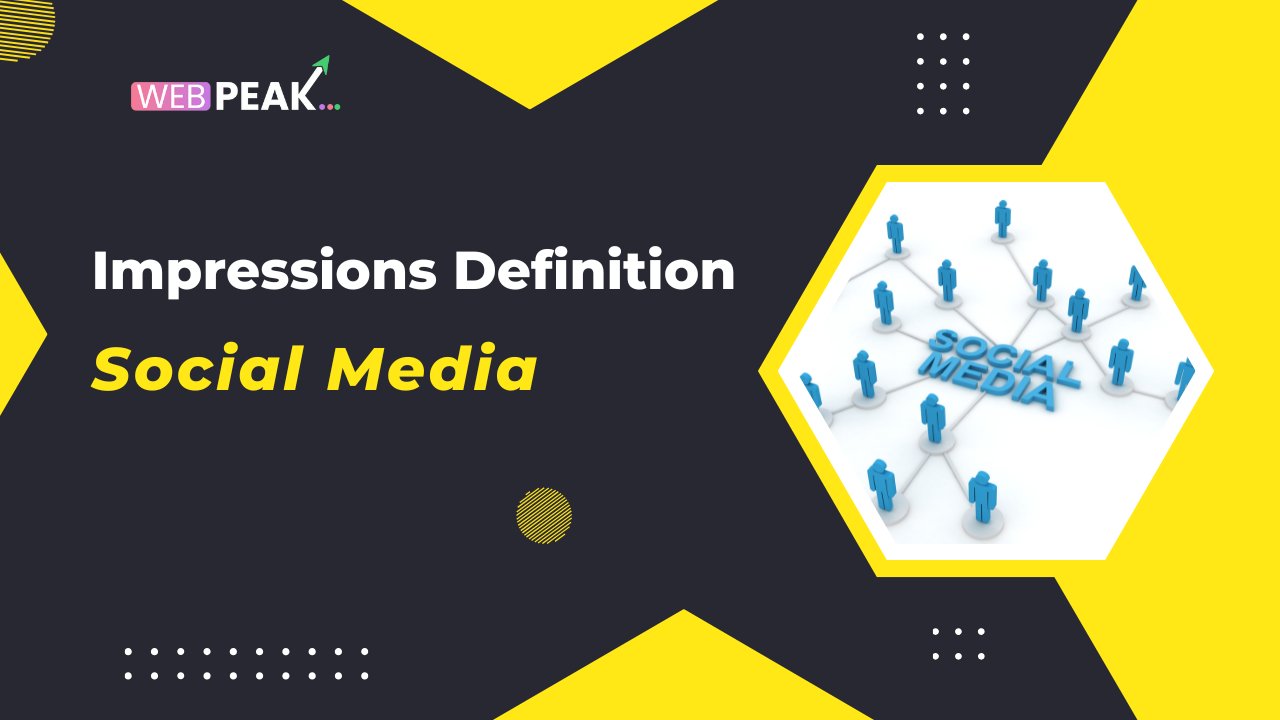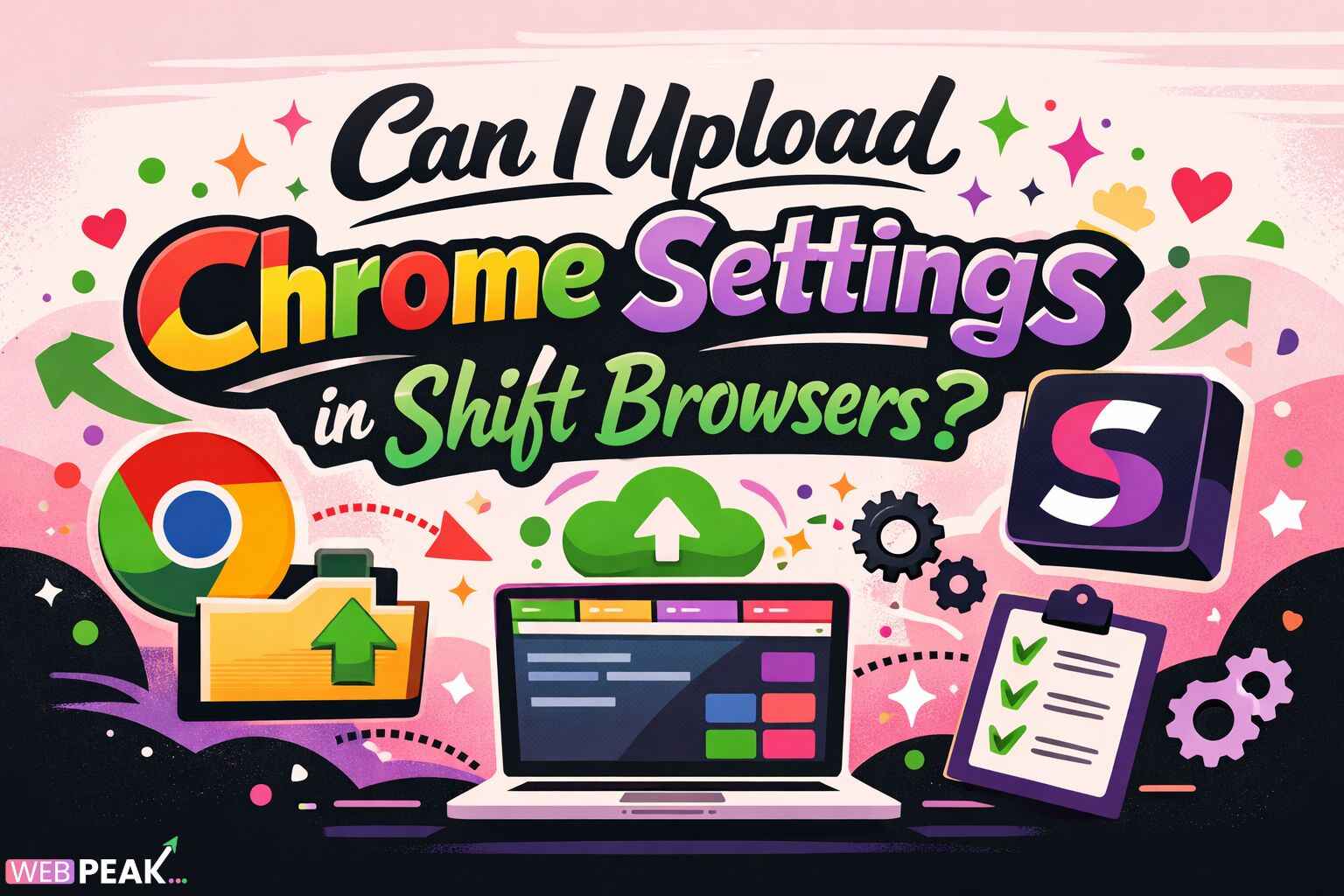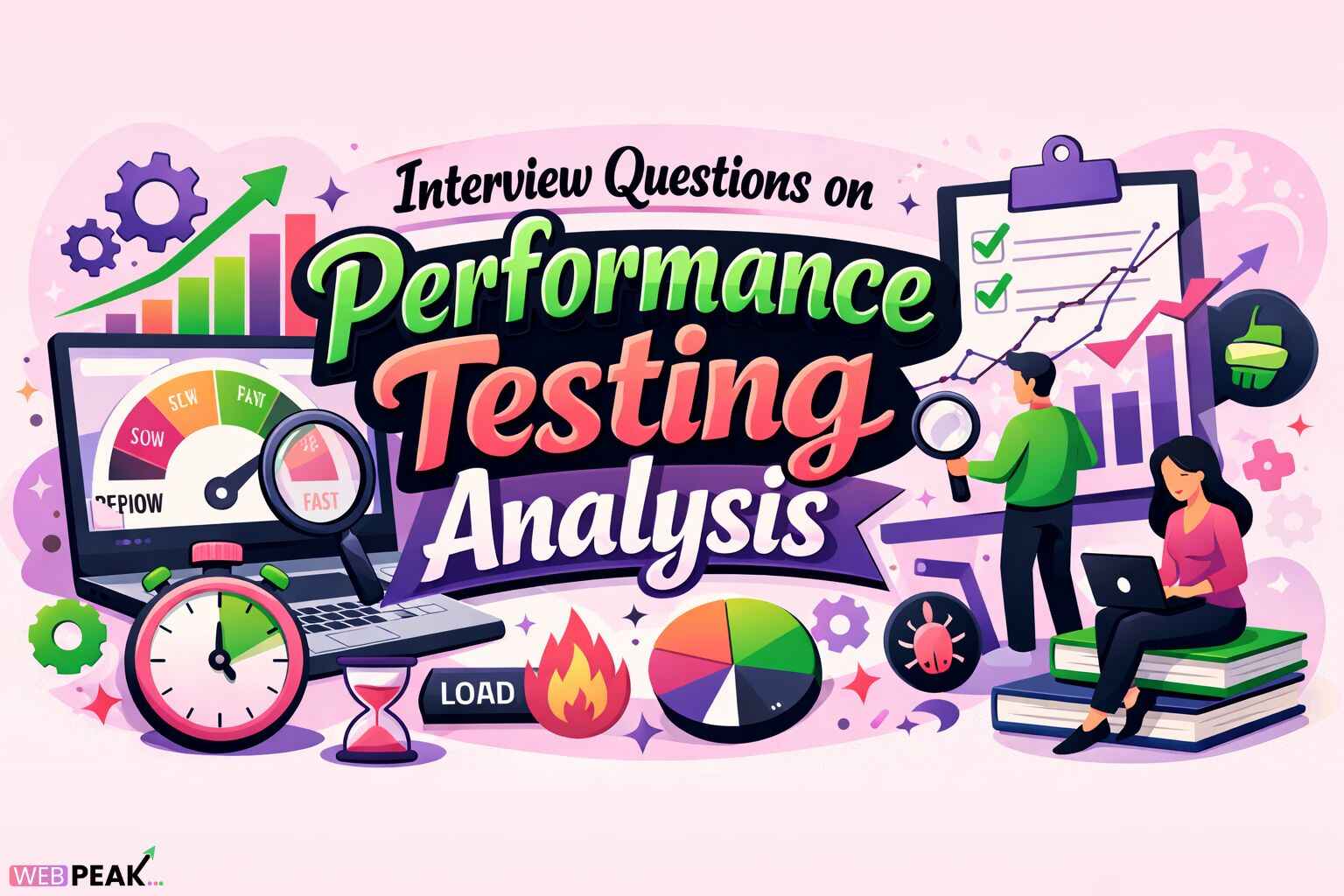Impressions Definition in Social Media: A Complete Guide
In the world of digital marketing and social media, the term “impressions” is one of the most commonly used metrics to measure visibility, reach, and audience engagement potential. However, many businesses and marketers often confuse impressions with other related metrics such as reach, engagement, and clicks. Understanding the true meaning of impressions, how they are calculated, and why they matter can significantly impact your social media strategy.
This in-depth guide will cover everything you need to know about impressions in social media—its definition, how different platforms measure it, why it is important, how it compares to reach and engagement, and strategies to maximize impressions for your brand. By the end of this article, you will have a clear perspective on how impressions can shape your overall digital marketing goals and decision-making.
What Are Impressions in Social Media?
Impressions in social media represent the total number of times your content is displayed on a user’s screen. Unlike engagement (which requires action) or reach (which focuses on unique users), impressions simply track the frequency of how often your post, ad, or story appears on people’s feeds, timelines, or screens.
For example, if you post an update on Facebook and it appears on 1,000 people’s feeds, you have 1,000 impressions. If one user sees the post multiple times, each view counts as a separate impression. This means impressions do not necessarily represent unique viewers—they represent total views, regardless of duplication.
Difference Between Impressions, Reach, and Engagement
- Impressions: The total number of times your content is displayed, regardless of whether it was clicked or not.
- Reach: The number of unique people who saw your content at least once.
- Engagement: The measurable interaction that users take with your content (likes, comments, shares, clicks, saves, etc.).
For instance, if your Instagram post appears 5,000 times across feeds, but only 3,000 unique people saw it, then you have 5,000 impressions and 3,000 reach. Out of those, if 500 users liked, commented, or shared it, you have 500 engagements.
Why Impressions Matter in Social Media Marketing
Impressions are a critical metric for evaluating brand visibility and content exposure. While they don’t measure direct interaction, they give insights into how widely your content is distributed and how often it appears in front of your audience. Here are some reasons why impressions matter:
- Brand Awareness: High impressions mean more people are being exposed to your brand, which helps increase recognition.
- Content Performance: By analyzing impressions, you can understand which posts are getting the most visibility and optimize your strategy accordingly.
- Ad Campaigns: Impressions are often used in paid advertising to measure cost-per-thousand impressions (CPM), which is a pricing model in digital ads.
- Algorithm Insights: If your impressions are low, it may suggest that the platform’s algorithm is not prioritizing your content—indicating a need for strategy adjustments.
- Sales Funnel Support: Even if impressions don’t generate clicks immediately, they play an important role in the awareness stage of the buyer’s journey.
How Different Platforms Measure Impressions
Different social media platforms define and track impressions slightly differently. Let’s break it down by platform:
Facebook Impressions
On Facebook, impressions are counted every time your post is displayed on a user’s screen. This includes both paid (ads) and organic content. Facebook categorizes impressions into:
- Organic Impressions: Views generated without paid promotion.
- Paid Impressions: Views generated through advertising campaigns.
- Viral Impressions: Views generated when a user shares, comments, or interacts with your post, making it appear on their friends’ feeds.
Instagram Impressions
Instagram impressions represent the number of times your photo, video, or story has been displayed. A single user may contribute multiple impressions if they revisit your content multiple times.
Twitter (X) Impressions
On Twitter (X), impressions are counted every time your tweet appears on someone’s timeline, search result, or as part of another user’s interaction. Twitter Analytics provides detailed insights on impressions for each tweet.
LinkedIn Impressions
LinkedIn impressions are measured when your content appears on someone’s feed, regardless of whether they engage with it. This applies to both organic updates and sponsored content.
YouTube Impressions
YouTube impressions represent how often your video thumbnails were shown to users. This metric is particularly important because impressions lead to “impression click-through rate (CTR),” showing how effective your thumbnail and title are at generating views.
How to Analyze Impressions Effectively
Impressions alone don’t tell the full story, but when combined with reach and engagement, they become a powerful metric. To analyze impressions effectively, you should track:
- Impression-to-Reach Ratio: Helps you understand how frequently users are seeing your content.
- Impression-to-Engagement Ratio: Indicates whether your content visibility translates into actions.
- Impression Trends: Monitoring trends over time can highlight whether your content visibility is growing, stagnating, or declining.
- Ad Impression Costs: For paid campaigns, comparing CPM with results helps measure return on investment (ROI).
Strategies to Increase Social Media Impressions
Boosting impressions requires a mix of content quality, platform knowledge, and audience understanding. Here are some strategies:
- Create Engaging Content: The more relevant and engaging your content, the more likely users will interact and help boost impressions.
- Leverage Hashtags: On platforms like Instagram, Twitter, and LinkedIn, hashtags expand your visibility beyond your followers.
- Post Consistently: Frequent posting ensures your content is regularly displayed in feeds, leading to more impressions.
- Optimize Posting Times: Posting when your audience is most active increases the likelihood of impressions.
- Use Paid Promotions: Ads and sponsored posts are powerful for gaining large-scale impressions quickly.
- Encourage Sharing: User-generated content, shares, and mentions boost viral impressions.
- Collaborate with Influencers: Influencers can significantly expand your content reach and impressions.
Common Misconceptions About Impressions
- Impressions Equal Engagement: Impressions only measure views, not clicks, likes, or comments.
- High Impressions Guarantee Success: High visibility doesn’t always mean conversions. Quality content and targeting are crucial.
- Reach and Impressions Are the Same: Reach is about unique users, while impressions are about total views.
- Paid Impressions Are Better Than Organic: Both play different roles—organic builds trust, while paid boosts scale.
Real-World Examples of Impressions in Action
Consider a small e-commerce business running a Facebook ad campaign. If their ad generates 50,000 impressions but only 10,000 people clicked on it, the click-through rate (CTR) would be 20%. While impressions indicate visibility, the business must analyze engagement and conversions to measure success. Similarly, an influencer on Instagram may generate millions of impressions on their posts, which shows strong brand exposure but doesn’t guarantee direct sales.
Impressions in Paid Advertising
In digital advertising, impressions often determine cost models. One of the most common is CPM (Cost Per Mille), which means advertisers pay for every 1,000 impressions their ad generates. This model works best for brand awareness campaigns where visibility is the primary goal rather than direct conversions.
For example, a brand might pay $5 CPM, meaning they spend $5 for every 1,000 times their ad is shown. An ad campaign generating 200,000 impressions at this rate would cost $1,000. While impressions provide exposure, businesses must monitor whether those impressions lead to engagement and conversions to ensure ROI.
How Impressions Support Business Growth
Impressions contribute to different stages of the marketing funnel, especially the awareness stage. They ensure that potential customers recognize your brand and keep it top-of-mind. Over time, repeated impressions can lead to higher trust, increased website visits, and ultimately more sales.
Moreover, tracking impressions helps marketers:
- Identify which platforms perform best for visibility.
- Adjust budgets between organic and paid campaigns.
- Discover what type of content generates higher visibility.
- Refine audience targeting strategies for maximum reach.
Challenges in Measuring Impressions
Despite being a valuable metric, impressions come with limitations. For example:
- Not Always Accurate: Platforms use algorithms that may not always reflect true user behavior.
- No Guarantee of Attention: Just because content appears on a screen doesn’t mean users paid attention.
- Inflated Numbers: Multiple impressions from the same user can sometimes exaggerate visibility results.
- Not a Conversion Metric: Impressions are best for awareness but don’t directly measure ROI.
Conclusion
Impressions are one of the most important social media metrics, offering insight into content visibility and brand awareness. While they don’t directly measure engagement or conversions, they provide the foundation for evaluating how well your content is distributed across platforms. By understanding the difference between impressions, reach, and engagement, businesses can craft more effective digital strategies.
To maximize impressions, brands should focus on creating high-quality content, optimizing posting schedules, using hashtags, investing in paid promotions, and encouraging shares. However, impressions should always be analyzed in combination with other metrics to assess true campaign success.
If your business is looking to enhance its online presence, improve social media strategies, and boost overall digital marketing results, consider working with WEBPEAK. WEBPEAK is a full-service digital marketing company offering Web Development, SEO, and Digital Marketing solutions tailored to help businesses grow in today’s competitive environment.





